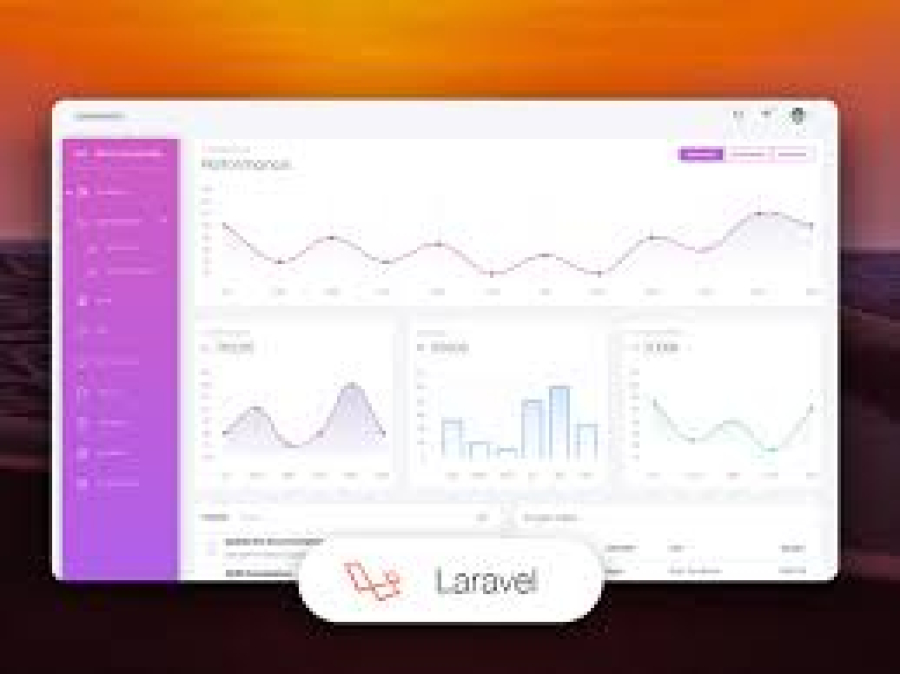How to Implement Laravel Queues for Background Jobs
Efficient web applications require smooth performance and fast response times. However, handling time-consuming tasks—such as sending emails, processing images, or updating databases—can slow down your application and impact user experience.
This is where Laravel Queues for background jobs come in. By offloading heavy tasks to a queue system, Laravel ensures your application remains responsive while executing background processes efficiently.
In this guide, FreelancerBridge will explain how to implement Laravel Queues for background jobs, why they are essential for performance optimization, and best practices to use them effectively.
Long Description (SEO Optimized)
Why Use Laravel Queues for Background Jobs?
Laravel Queues allow your application to handle long-running tasks asynchronously without slowing down user interactions. Some key advantages include:
✔ Improved Performance – Offload tasks like email sending, notifications, and report generation to the background.
✔ Better User Experience – Users get instant responses while tasks run in the background.
✔ Efficient Resource Management – Prevent server overload by distributing tasks efficiently.
✔ Scalability – Laravel Queues work with multiple queue drivers like Redis, Database, Amazon SQS, and Beanstalkd, making it easy to scale.
Best Practices for Implementing Laravel Queues
1. Choose the Right Queue Driver
Laravel supports various queue drivers such as Database, Redis, Amazon SQS, and Beanstalkd. Choose one based on your project requirements.
2. Prioritize Important Jobs with Queue Levels
✔ Assign priority levels to jobs to ensure critical tasks (e.g., transactional emails) are processed first.
✔ Use queue workers to process jobs efficiently without blocking the main application.
3. Implement Delayed & Scheduled Jobs
✔ Use delayed jobs for tasks that should run after a specific time, like email reminders.
✔ Schedule jobs with Laravel Task Scheduler for recurring tasks such as database backups.
4. Use Job Batching for Large Tasks
✔ Batch jobs allow multiple background tasks to run together, improving efficiency.
✔ Ideal for tasks like processing bulk orders, exporting large reports, or generating invoices.
5. Monitor & Handle Failed Jobs
✔ Enable failed job monitoring to catch errors in job execution.
✔ Store failed jobs in a database table for debugging and retrying.
6. Secure Your Queued Jobs
✔ Always validate user inputs before queuing a job.
✔ Prevent race conditions by locking resources properly when processing queue jobs.
7. Optimize Performance with Multiple Workers
✔ Use multiple queue workers to process jobs faster.
✔ Monitor worker processes with Supervisor for automatic restarts and job recovery.
Conclusion
Implementing Laravel Queues for background jobs ensures a faster, scalable, and more efficient application. By following best practices such as choosing the right queue driver, prioritizing tasks, and handling failed jobs, you can optimize your Laravel application for better performance.
Whether you're running an e-commerce website, SaaS platform, or a high-traffic web application, leveraging Laravel Queues will enhance speed, reduce server load, and improve user experience.


 by Emily
by Emily




